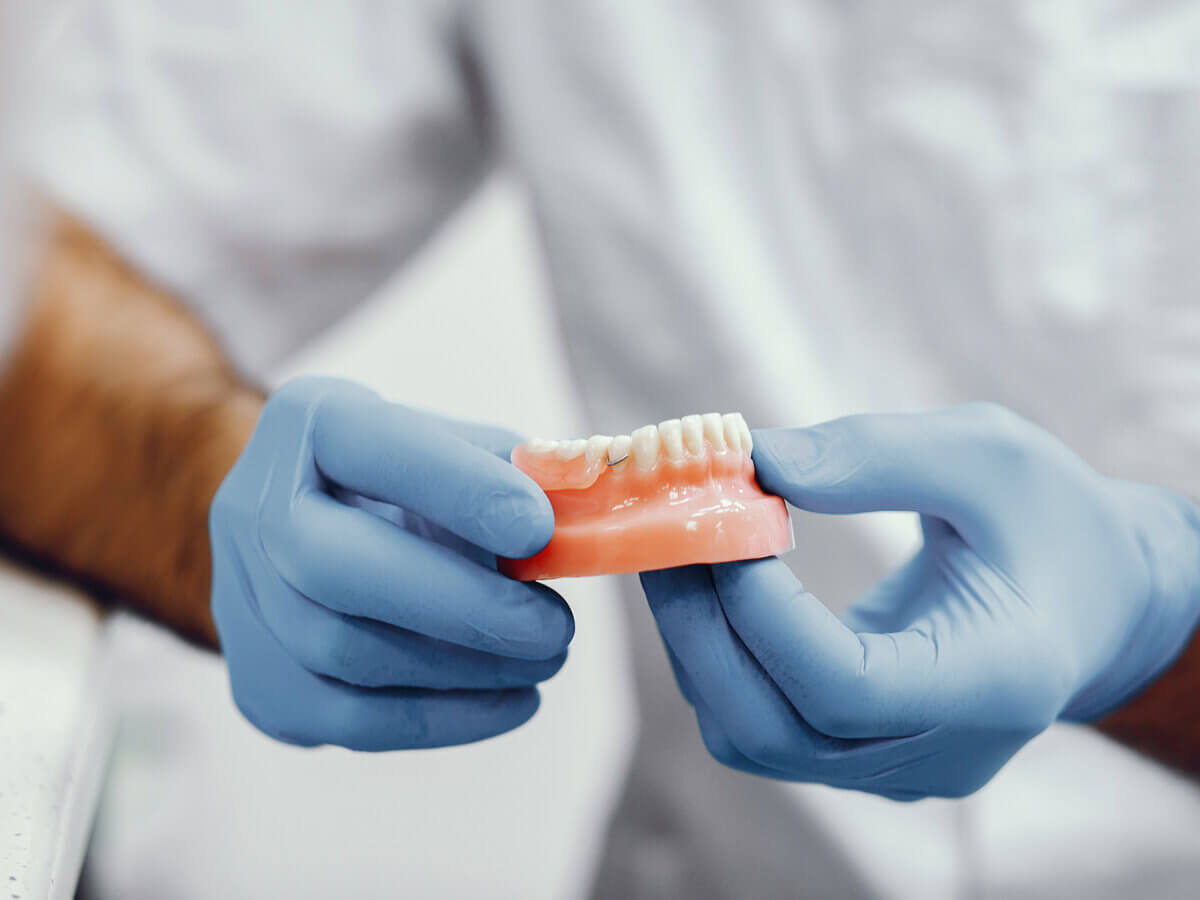Blog
Dental hygiene tips for healthy teeth & gums

What Is The Difference Between Composite Bonding And Composite Veneers?
We all want a pretty smile, and most of us will have one aspect of our teeth that we do not like. In pursuit of that dream smile, we turn to dental procedures like composite bonding and veneers. Both options sound very similar, but the two have a few differences. They both belong to a branch of dentistry called cosmetic dentistry which aids in enhancing the appearance of your teeth.
Both bonding and veneers correct similar teeth issues such as gaps, fractures, chips, discoloration, or misshapen teeth. So what makes them different? Let us learn more about these cosmetic procedures, their differences, and which option suits you the best.
What is Cosmetic Dentistry?
Standard dentistry is geared towards repairing our teeth with treatments like fillings, root canals, etc., to keep our teeth from decaying and make them last longer. On the other hand, cosmetic dentistry aims to improve the aesthetics of your teeth.
Different techniques are used in cosmetic dentistry to fix various issues, such as removing small gaps between dentitions, improving the gum line, or making your teeth whiter.
Some of the standard procedures in this branch of dentistry are dental bonding, veneers, and teeth whitening.
You could go for cosmetic dental treatments if you have healthy teeth and gums. If you have excessive or severe gum disease, your dentist will address them before going for cosmetic procedures.
Composite Bonding Explained
- Composite bonding is a white filling and has been practiced for many years. Earlier, it was used to fix the back of teeth.
- With the advent of modern dental technologies, this procedure can now be done to front teeth as well.
- Your doctor would opt for this treatment to correct minor problems with the edges of a tooth, for instance, chips and cracks.
- Dental bonding can also be used to fill small gaps between teeth.
- The treatment involves first preparing the teeth by cleaning them and then applying an acidic gel on the surface of the tooth so that the filling material adheres to it properly.
- The color of the material used for fixing your tooth would be matched as close as possible to the natural color of your teeth.
- The doctor would then apply the resin to your tooth and then harden it with blue light so that it sets firmly.
- Finally, the resin is polished and molded to fit the shape of your tooth.
Benefits And Disadvantages of Composite Bonding
Benefits:
- It is non-invasive and needs just a single visit to the dentist.
- The results are natural and blend well with your natural tooth color.
- The structure of your underlying tooth is not hampered with this procedure which ensures you retain your natural teeth’s strength.
- This is a reversible treatment, so your dentist can rectify it in case of problems.
Disadvantages:
- It works only on the edges of teeth, so it can not be used on teeth with severe problems.
- It requires more effort to maintain composite bonding for a long time.
Composite Veneer Explained
- Composite Veneers are composed of composite resin and custom-made for each patient.
- These tooth laminates are designed to cover the entire tooth.
- They can treat various cosmetic dental problems, such as damaged, discolored, irregularly shaped, chipped, cracked, and misaligned teeth.
- Your dentist would apply the material directly on your tooth’s front surface and then mold it to fit your tooth’s shape.
- Finally, the doctor would finely shape the veneers and polish them to their desired appearance.
- The procedure can be easily repeated for adding or removing the composite in the initial appointment or a follow-up.
Benefits And Disadvantages of Composite Bonding
Benefits:
- These can be completed on the first visit.
- The results are much more aesthetic and natural than composite bonding.
- They are cheaper than their porcelain version and do the same job.
- They last longer than composite bonding.
Disadvantages:
- It is more invasive than dental bonding as the tooth beneath the veneer has been shaved down and lost part of its enamel (protective layer of a tooth).
- You still need to redo them every four to six years, though if you properly care for them, they can last up to ten years.
Conclusion
Both composite bonding and composite veneer use the same material, but the procedures vary. Composite bonding can cover small chips as they go only over the edges of your tooth, whereas composite veneers can cover the entire tooth. Both have their pros and cons, as discussed in the article, and which one you choose would depend on your specific needs.


